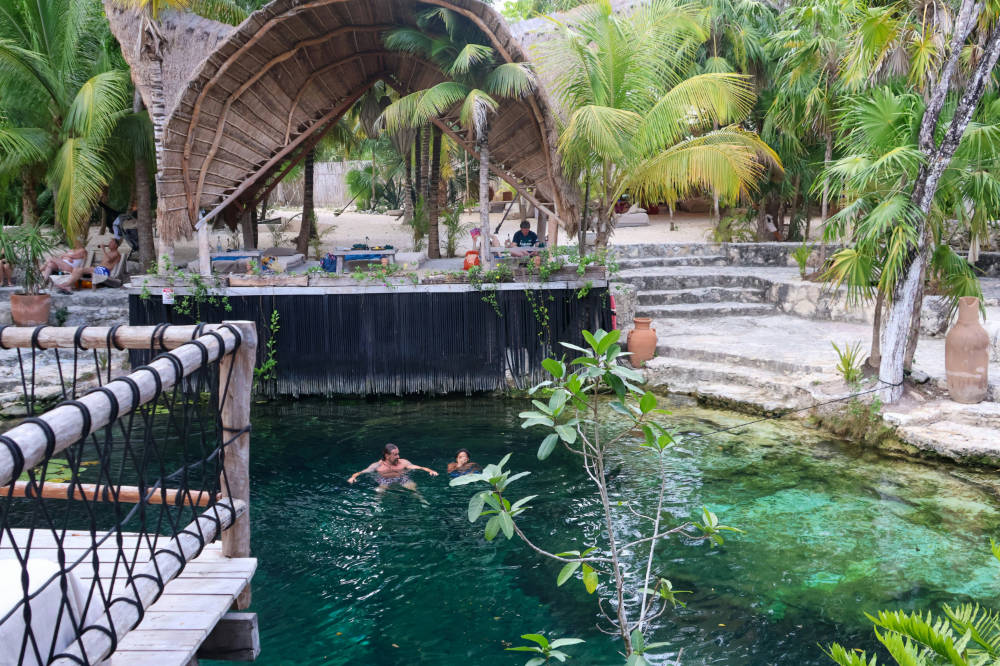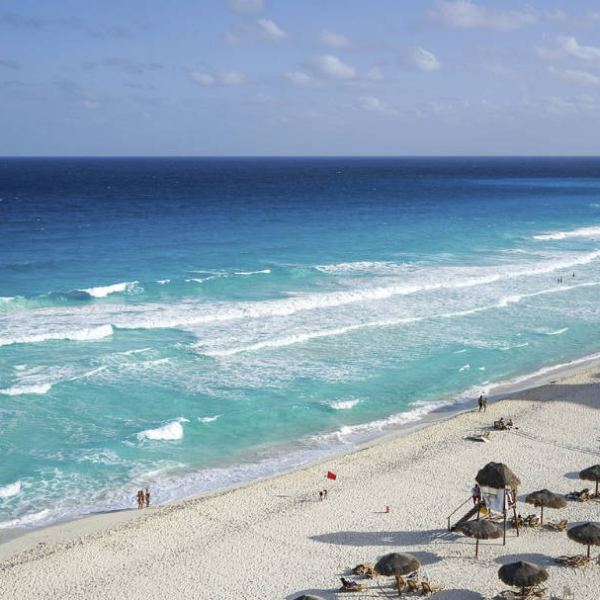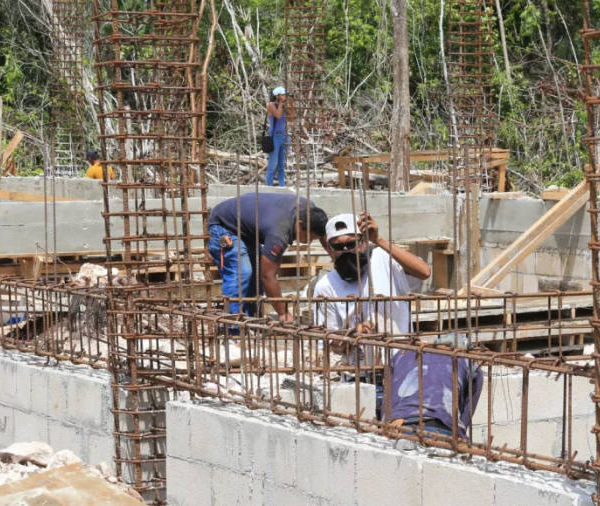
Tourism Drives Riviera Maya Real Estate Growth Amidst Sustainability Challenges
Tourism has a significant impact on the real estate market in the Riviera Maya, which includes popular destinations such as Cancun, Playa del Carmen, and Tulum, which are in high demand worldwide due to their accessibility and natural attractions.
To meet this tourist demand, considerable investment has been made in improving infrastructure, such as roads and public services, which also benefit the real estate market.
The constant influx of both domestic and foreign tourists generates a high demand for properties, both for investment and for the purchase of second homes, which has generated a significant increase in the construction of new real estate developments, generating, in turn, an increase in the variety of properties available, from luxury condominiums and villas to more affordable options, which diversifies the market and offers options for different types of buyers and investors seeking profitability through vacation rentals or the revaluation of properties, which has internationalized the local real estate market.
However, accelerated real estate development can negatively affect the environment, including deforestation and pressure on natural resources, and can affect local communities, displacing residents and changing socioeconomic dynamics.
This rapid growth of the real estate market has led to a greater need for regulation and urban planning to ensure sustainable and balanced development, avoiding overexploitation of resources and maintaining the tourist attractiveness of the area.
In this context, it cannot be denied that tourism has driven the growth of the real estate market in the Riviera Maya, with both positive and negative effects, while it is true that it has generated economic opportunities and infrastructure improvements, it is also true that it poses great challenges related to sustainability and the impact on local communities.



